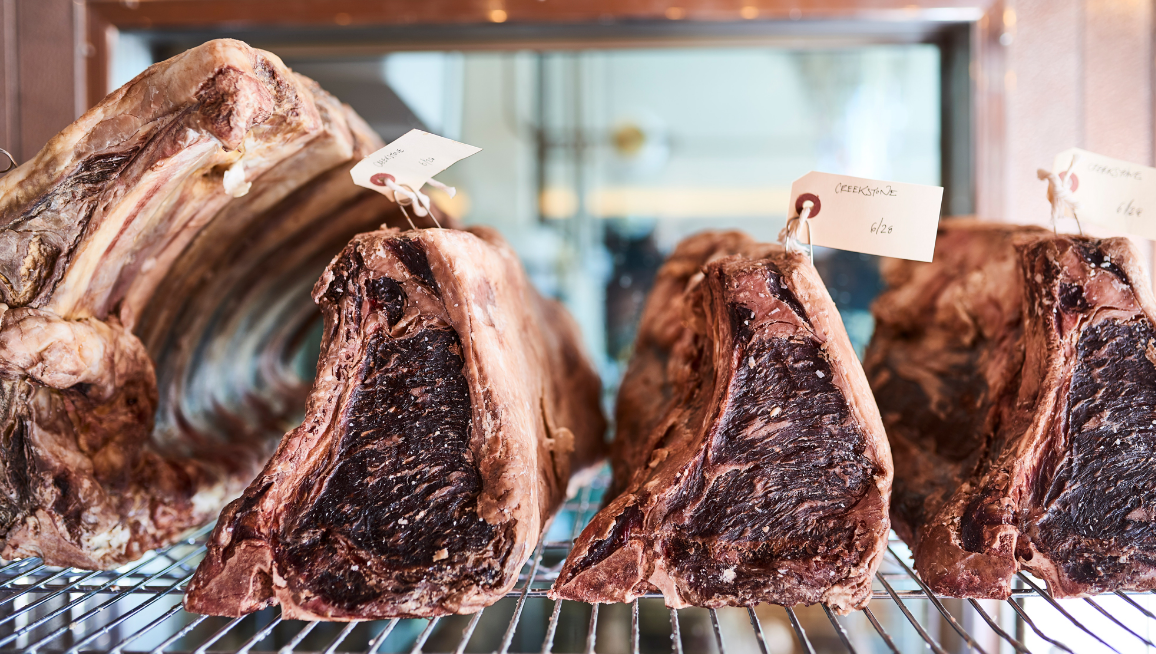
Shopping for dry-aged meat is unlike shopping for the normal fresh red stake. This type of meat demands special equipment that can be troublesome to find. Not all supermarkets have dry-aged steak, and because of the high cost that comes with the meat preparation, most customers want a guarantee that they are paying for the best quality. To ensure you get value for your money, below are some important tips to consider when buying dry-aged meat.
Amount of Marbling
The USDA’s prime rating is a crucial marking of superior beef. Dry-age meat with the marking has an exceptional tenderness and flavor with abundant marbling. This amount of marbling refers to the amount of intramuscular fat. The marbling of dry-aged meat can vary depending on the cut you choose and the quality levels of the beef dried. We know the USDA to have the average marbling grades which are highly recommended.
Meat Cuts and Quality
 The rib section has several forms, and all have designated numbers. If you want to roast it, consider buying the 109A. Every butcher knows the designated numbers. 103 is the most intact portion since it comes entirely as a rib along a significant portion of short ribs. Consider choosing from NY strips, tenderloins, and T-Bone. Many people consider these cuts to be rather superior.
The rib section has several forms, and all have designated numbers. If you want to roast it, consider buying the 109A. Every butcher knows the designated numbers. 103 is the most intact portion since it comes entirely as a rib along a significant portion of short ribs. Consider choosing from NY strips, tenderloins, and T-Bone. Many people consider these cuts to be rather superior.
Sell-by Date and Aging Duration
 For dry-aged meat, the sell-by date is just as important as the quality and food safety concerns. Buying meat from a trusted butcher who has lots of customers suggests how the meat sells fast and meat does not stay on the counter for long. Consider finding a trusted seller since some retailers mislabel wet-aged meat and others use in-house rating systems to dodge the USDA quality control system. Dry age meat ought to have proper labeling. You need to know how long you like your meat aged. It is very important to ask how long your butcher ages their meat.
For dry-aged meat, the sell-by date is just as important as the quality and food safety concerns. Buying meat from a trusted butcher who has lots of customers suggests how the meat sells fast and meat does not stay on the counter for long. Consider finding a trusted seller since some retailers mislabel wet-aged meat and others use in-house rating systems to dodge the USDA quality control system. Dry age meat ought to have proper labeling. You need to know how long you like your meat aged. It is very important to ask how long your butcher ages their meat.
For the first-time buyers dabbling in dry-aged meat, you can start with meat aged between four weeks to six weeks.
Conclusion
If it is your first time buying dry-aged meat, then you do not have to worry since you also have a meat expert right behind the counter. Make use of their expertise and ask if you are uncertain about any aspects of meat. Most consumers confuse wet-dried meat and dry-aged meat since they are quite similar in the way they look. You can also look out for specific cuts, quality, sell-by date, and the amount of marbling.